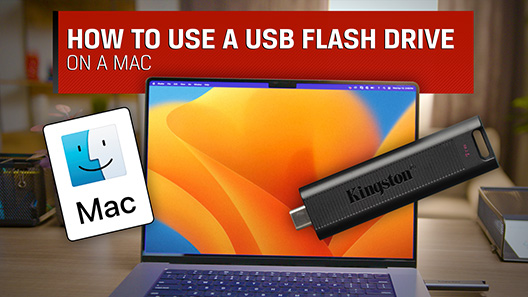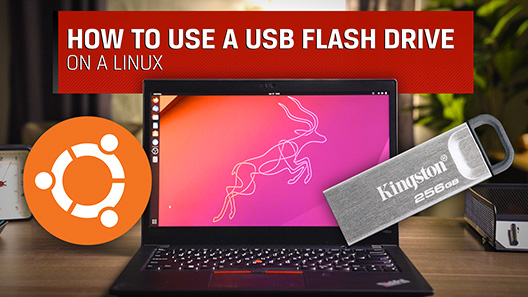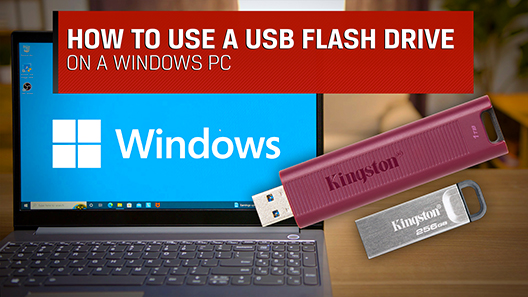We notice you are currently visiting the UK site. Would you like to visit our main site instead?
Your web browser is out of date. Update your browser now for better experience on this site. https://browser-update.org/update-browser.html

Unfortunately this unit does not have any security or write protection features. If you receive a write protection message with this drive, check for the following:
FAQ: KDT-011411-PW-08
Was this helpful?
To transfer files larger than 4GB, the DataTraveler must have an NTFS or exFAT file system. Unfortunately, the FAT32 file system is not capable of handling a single file larger than 4GB (to be exact, one byte less than 4GB). Follow the steps below to format the DataTraveler with an NTFS File system:
Warning, all data on the DataTraveler will be lost! Please back up the data on the DataTraveler before proceeding.
Note: macOS X has read-only access for drives formatted with NTFS file system. Additionally, some multi-media devices may not support NTFS.
FAQ: KDT-010611-GEN-05
Was this helpful?
This is common for flash storage, whether internal SSD or external USB storage. It is due in part to a variance in how flash memory vs spinning platter hard drive manufacturers calculate megabyte. Hard drive manufacturers calculate a megabyte (or 1,000x1,000 bytes) as 1,000KBs, whereas the binary calculation for flash-based storage is 1,024KBs.
Example: For a 1TB flash-based storage device, Windows will calculate it as having a capacity of 931.32GB. (1,000,000,000,000÷1,024÷1,024÷1,024=931.32GB).
Furthermore, Kingston reserves some of the listed capacity for formatting and other functions, such as firmware and/or controller-specific information, and thus some of the listed capacity is not available for data storage.
FAQ: KDT-010611-GEN-06
Was this helpful?
FAQ: KDT-010611-GEN-14
Was this helpful?
FAQ: KGF-022811-GEN-02
Was this helpful?
Windows may not recognise the MacOS Extended or Standard file system. To resolve this, format the drive in MacOS DOS so that it can be used in both environments.
WARNING: Formatting will erase all of the data on the DataTraveler. Back up your data before proceeding.
Be aware that MacOS 10.6.5 will support full read and write access to exFAT formatted drives so formatting the drive using the exFAT file system may also resolve this problem. MacOS still has read only access to NTFS formatted drives.
Some devices (MP3 players,digital photo frames, etc) will not read NTFS or exFAT file systems.
Also, Windows XP and Vistawill require an update in order to access exFAT.
FAQ: KDT-010611-GEN-07
Was this helpful?
To resolve this issue, insert the drive directly into the USB ports located on the computer. The USB ports found on the keyboard and some hubs may not supply sufficient power to properly operate the Kingston DataTraveler. Also, go to Finder>Preferences>Sidebar to ensure CD, DVD and iPod and External Disks are selected. If you have an encrypted USB drive, make sure you have the latest firmware. If the drive has the latest firmware and still is not recognised or not accessible on macOS, please contact technical support for assistance.
FAQ: KDT-010611-GEN-19
Was this helpful?
This happens if the DataTraveler has been formatted with Microsoft Windows NTFS. To resolve, format the DataTraveler with Mac OS X using MS-DOS File System.
To format the DataTraveler with Mac OS 10.3.X, do the following:
Be aware MacOS 10.6.5 will support full read and write access to exFAT formatted drives. So formatting the drive using exFAT file system may also resolve this problem. MacOS still has read only access to NTFS formatted drives.
Some devices (MP3 players, digital photo frames, etc) will not read NTFS or exFAT file systems.
Also Windows XP and Vista will require an update in order to access exFAT.
For additional assistance using the Data Traveler, please visit http://www.kingston.com/support/howtodt/default.asp to view the DataTraveler "How To" videos.
FAQ: KDT-010611-GEN-08
Was this helpful?
On Macs, you first have to empty the trash can in order to regain the space. You may have to plug the drive back in after emptying the trash.
If this does not work then the device should be completely reformatted. Please follow these instructions for formatting your Kingston device.
WARNING: Formatting will erase all your data so please make sure you have a copy before proceeding.
FAQ: KDT-010611-GEN-04
Was this helpful?
FAQ: KDT-110611-GEN-09
Was this helpful?
Yes, this DataTraveler issupported by Linux as long as you have Linux Kernel 2.6.x and above.
Please note: If the DataTraveler comes with software, it will not function with Linux. Only the drive itself is compatible with Linux.
FAQ: KDT-011411-DRV-02
Was this helpful?
Although it is possible to boot from the DataTraveler, it is not a feature Kingston supports.These drives are intended as storage devices.
FAQ: KTD-082913-GEN-27
Was this helpful?


